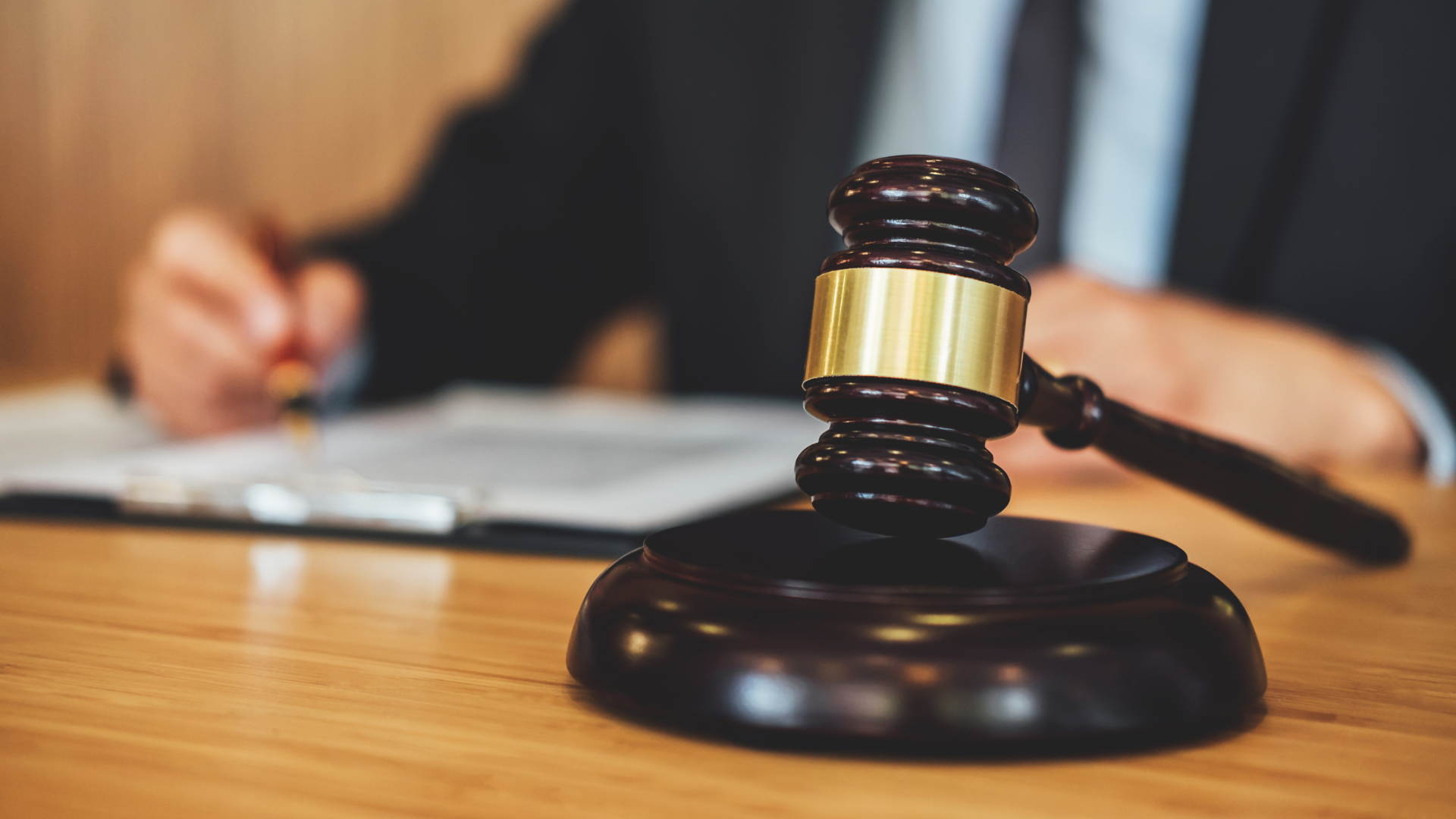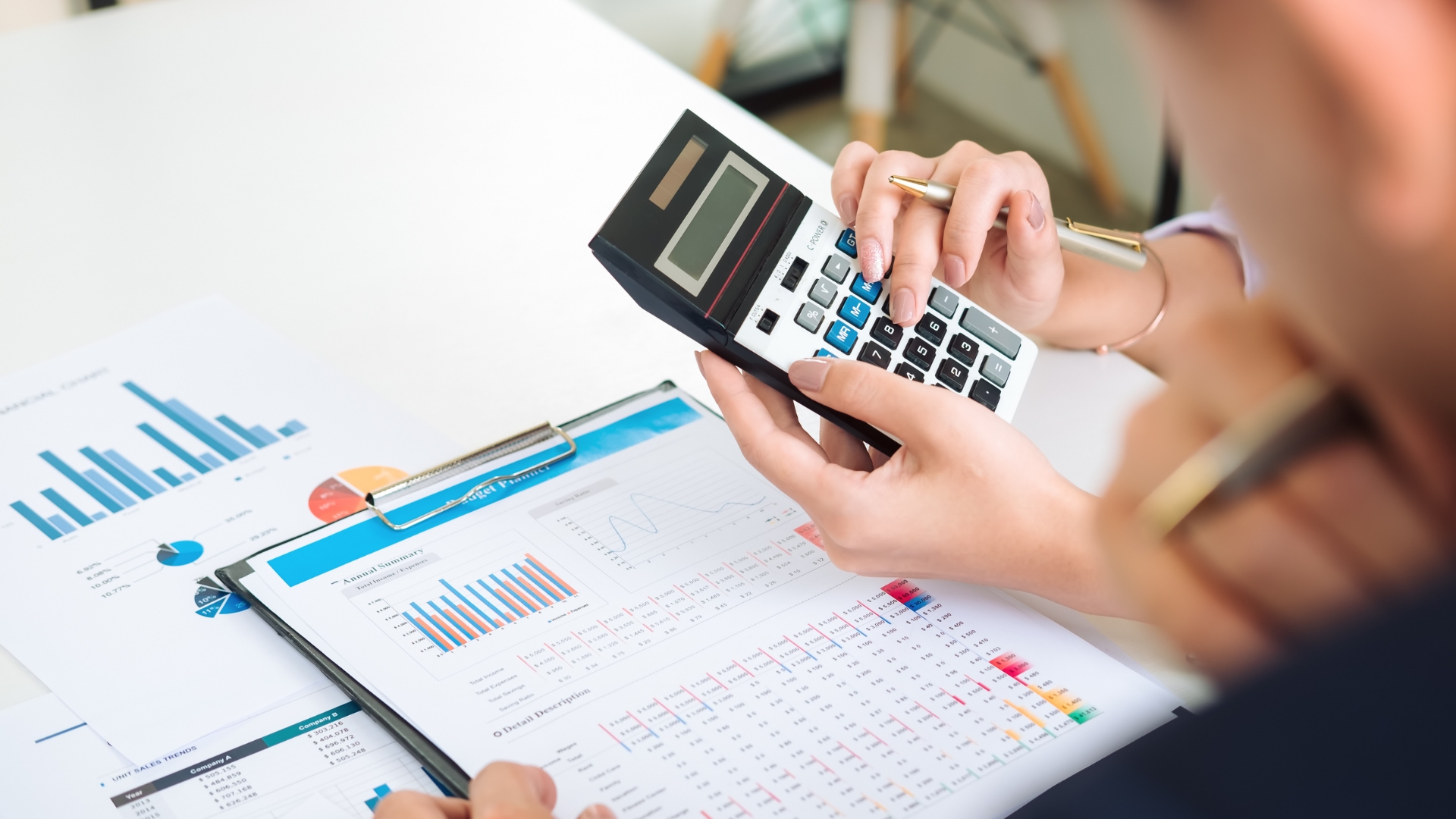In the final VAT return of the year, you will often need to process corrections and supplementary items. This VAT return therefore differs from the other VAT returns you have filed throughout the year. And new deadlines for supplementary returns apply since 1 January 2025. Our experts discuss a number of frequent corrections and points of attention for the final VAT return of 2024.
Correction for private use (of a company car)
In the final VAT return of the book year, a correction must be processed for private use of items for which VAT has been deducted, including cars. If a car is made available to an employee, the VAT on, for instance, purchase or lease costs, maintenance and fuel can be deducted if the car is used for business purposes and insofar as you have right of deduction. The private portion of these expenses may not be deducted. So, if an employee may use the car privately (commuting counts as private use), you must apply a correction in the final VAT return of the book year. The adjustment will in principle take place based on actual use: a precise correction is made based on comprehensive mileage records and establishing the VAT on the costs for the specific car. However, this involves a great deal of work, and the required data are not always available. Instead of making an exact calculation, you can apply a correction at a flat-rate percentage of 2.7% of the list price (including VAT and motor vehicle registration tax (‘BPM’)). The flat-rate percentage is 1.5% for cars for which VAT was not deducted upon purchase and for cars that have been in use with the company for five years or more.
Provisions to employees and the “BUA-threshold”
You can initially deduct the VAT on the costs of employee benefits and gifts for employees and business relations in line with the normal rules for the deductibility of input VAT. This can include Christmas hampers, presents, company events, canteen provisions and coffee/lunches at the workplace. However, an annual threshold for such costs applies: €227 (excluding VAT) per employee/business relation. If the total sum of the provisions per individual employee or business relation exceeds this amount, there is no longer a full right of deduction over the costs for that employee/customer! You therefore need to check carefully whether your company has exceeded this threshold.
Please note: any restriction on deductibility of VAT must be established annually using a special calculation. If the so-called ‘BUA-threshold’ has been exceeded, it is mandatory for you to process a correction in the final VAT return of the book year. We would of course be happy to assist you in performing this calculation, with the aid of our BUA-tool.
VAT-taxed lease
In principle, renting out real estate is a VAT-exempt supply, but the parties can choose to opt for VAT-taxed lease. This is often chosen so that the landlord can deduct the VAT on costs relating to the property. To apply VAT-taxed lease, a number of strict conditions must be met. One of the conditions is that the tenant has used the real estate for activities which lead to a right to deduction of VAT of 90% (or more). As a landlord you must check with your tenant whether this was the case. You must process any necessary corrections in the final VAT return of the year.
Changes to activities and corrections
If you incur costs with the expectation that they are related to VAT-taxed supplies, you may deduct the VAT immediately. However, you must check whether these costs were indeed incurred for the purposes of VAT-taxed supplies. If you have not carried out this check for previous VAT returns, you must certainly do so for the final VAT return of the book year. If it turns out that the relevant costs were incurred (partially or wholly) for VAT-exempt supplies or non-VAT entrepreneurial activities, then you need to correct the deduction in the final return of the book year.
Please note: an additional revision period applies to (tangible) assets after the end of the book year of commissioning. For movable assets this period is four years and for immovable assets nine years. You must therefore continue to monitor the use of these goods in the years after purchase and commissioning. In the final VAT return of the book year you must determine whether the use of the (tangible) assets has changed during that book year. If this is the case, you must check whether (and to what amount) a correction is required.
Use the correct pro rata
If your business performs both VAT-taxed and VAT-exempt activities, the VAT on general costs is deducted based on the ratio of the two activities. This is known as the pro-rata ratio. Upon acquisition an estimate is made of the extent to which the goods or services will be used for activities subject to VAT or exempt/untaxed activities. In the final VAT return of the book year you must assess whether the correct pro-rata ratio was applied upon acquisition. If you detect any discrepancies, you must correct these in the final VAT return of the book year.
Pay special attention to the items in the annual accounts and returns
Check whether the VAT returns match the annual accounts. If, for example, it turns out that the balance sheet over 2024 includes a ‘payable VAT’ item, make sure that this amount is in fact included in the return. If the correction for a VAT reporting period is less than €1,000, you can process this in the current VAT return. If the amount of VAT exceeds €1,000, you need to file a supplementary return. This also applies if you discover that too much or too little VAT has been reported in the five years prior to the current calendar year.
You will also need to specify the VAT item in the personal income tax or corporate income tax return. The Dutch Tax Authorities may compare these data with the VAT returns and supplementary returns you have filed and paid. Make sure that any corrections are processed correctly and in good time.
Please note: new deadlines apply, since 1 January 2025, with regard to filing supplementary returns. Make sure you file any supplementary returns within 8 weeks of noticing that a correction is required. Additionally, penalties for non-compliance have been raised as of 1 January 2025. This makes ensuring you are compliant with the relevant rules and regulations all the more important.
End 2024 in an organised manner and head into 2025 well prepared!
The year-end closing and corresponding corrections are a good opportunity for checking whether you have your VAT matters in order.
If you have any questions about your VAT obligations or VAT position or would like to know which adjustments apply to your company, our VAT advisors Barthold Bergman and Stevie Mols would be happy to assist you.
The legislation and regulations in this area may be subject to change. We recommend that you discuss the potential impact of this with your Baker Tilly advisor.
Other insights
-
VAT deduction in 2025: changes for holding companies and transactions involving shares
-
VAT and holding companies: holding resolution repealed in 2025
-
Clinical trials, not errors: preparing a suitable pharma set-up for clinical trials





